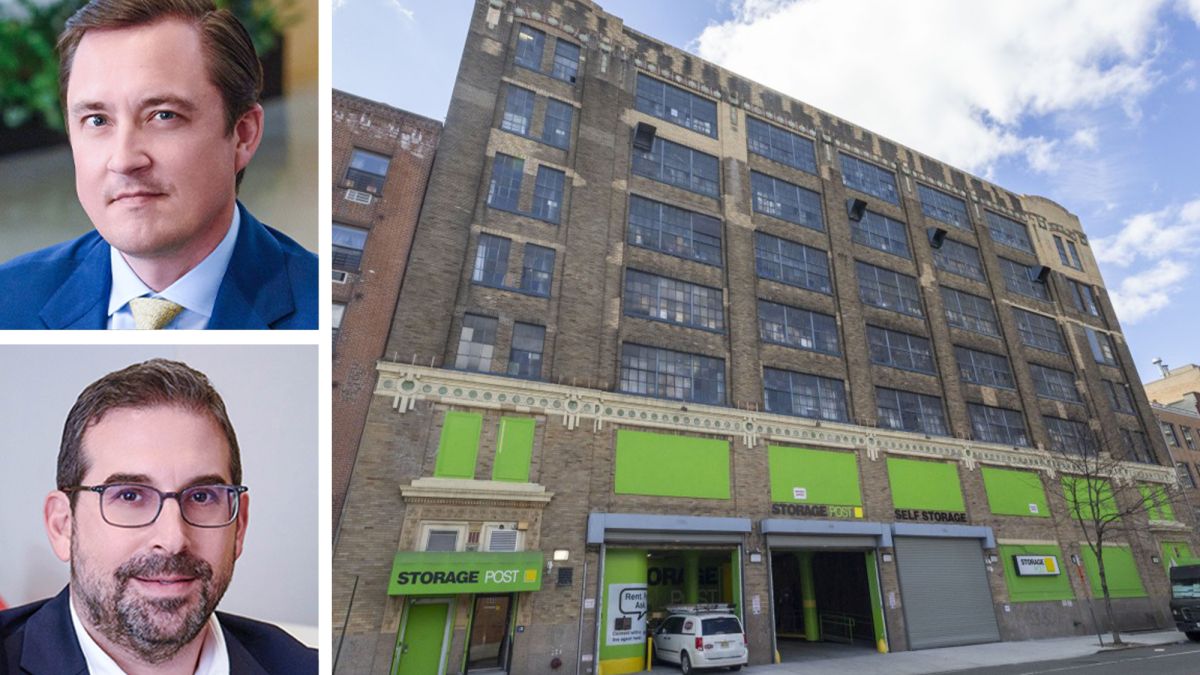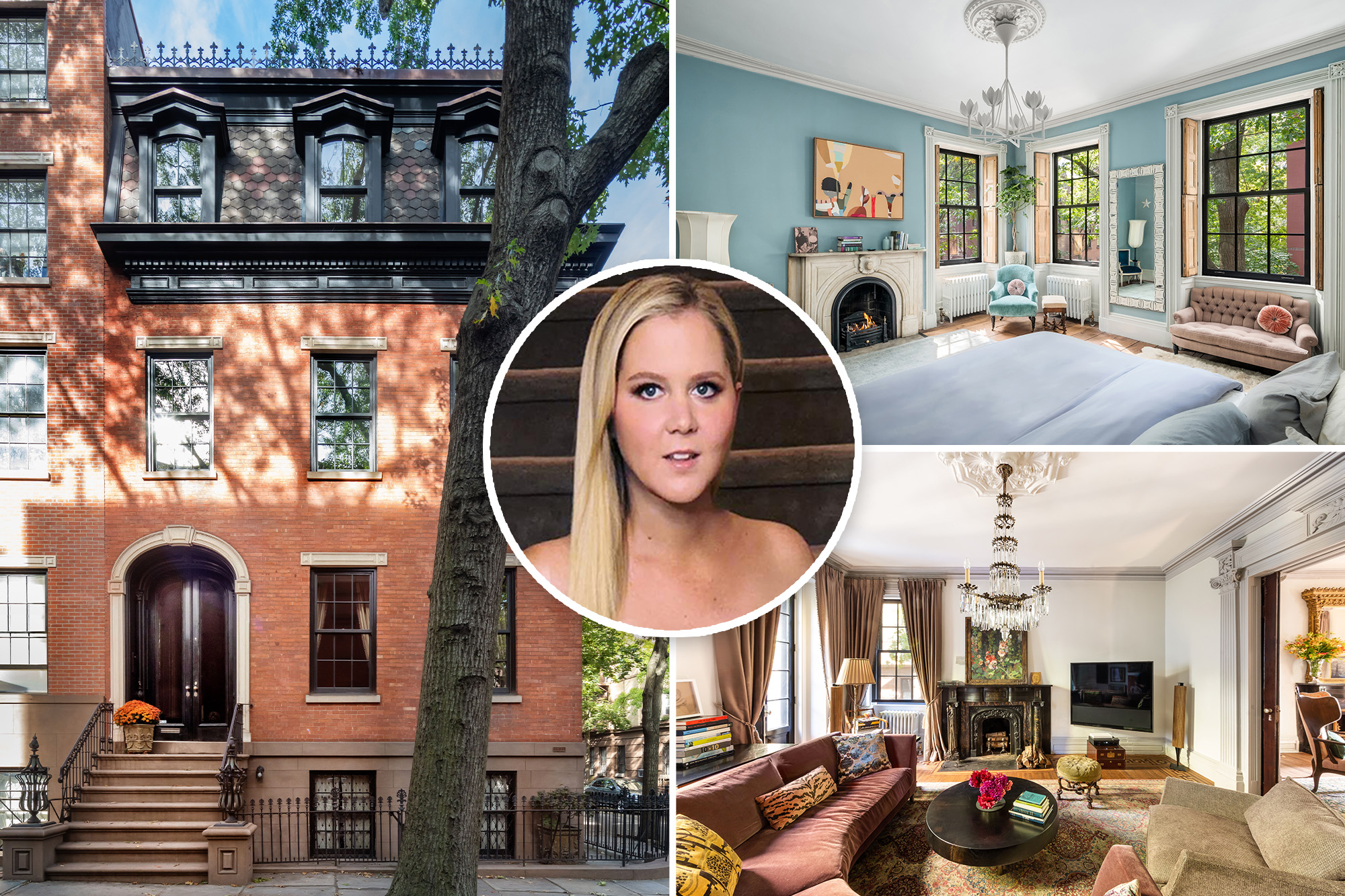A
vila Real Estate, which has owned two parcels on Laredo Drive and Maple Street for ten years, is seeking 40 variances from the Avondale Estates city commission for new housing developments. A public hearing was held on November 19, after which the commission postponed a vote, planning to issue a formal decision in December.
The Laredo Drive site (136 Laredo Drive) covers roughly 13 acres. Avila intends to erect two five‑story multifamily towers, each capable of housing up to 205 units, and add 72 townhomes or single‑family homes. The single‑family component will be built in partnership with Hedgewood Homes. A new street with a 10‑foot sidewalk is proposed on the north side, linking the property to the Stone Mountain PATH Trail. Variances requested for this site include removal of the stream buffer and raising the building ridge about six feet above the Tudor Village level. Stream buffers, as defined by the Chattahoochee Riverkeeper, protect waterways from development, filter runoff, and mitigate flooding and erosion.
The Maple Street property spans five acres and will host two five‑story buildings totaling around 300 multifamily units, plus 40 townhomes. Here, Avila seeks to eliminate the transitional height plane and secure vehicular access from East College Avenue. The proposed transitional height plane would have been located at the intersection of East College and Olive Streets. Avila Vice President Jetha Wagner explained that maintaining five stories would create an elegant building along the East College corridor and help screen the parking deck.
Across both sites, many variance requests are identical: increase the maximum building height to five stories, alter the approved street layout, permit fiber‑cement materials, allow front‑yard fencing up to six feet in certain areas, and adjust the open‑space calculation. Hedgewood Homes President Pam Sessions noted that the company is design‑driven and seeks the tools needed to craft the best streetscape and community. Wagner added that Avila will retain long‑term ownership of the projects, overseeing development and subsequent unit management, and that the plans align with the city’s goals and vision.
During the commission meeting, about 45 residents shared their views—some supportive, a few opposed. Downtown Development Authority Chair Dave Deiters concluded that the variances do not conflict with zoning code spirit and expressed strong support for approval, echoing the planning and zoning board’s recommendation. Fabric Developers’ Jerry Miller praised the Avila‑Hedgewood collaboration, stating it surpasses initial expectations and contributes to a 100‑year downtown vision.
Resident Bill Hover voiced support for certain requests but highlighted the criteria the commission must consider when granting variances. The zoning ordinance allows variances if: (1) extraordinary or exceptional conditions exist due to size, shape, topography, or mature trees; (2) applying the ordinance would create an unnecessary hardship; (3) the conditions are not caused by the owner; and (4) relief would not harm public good or conflict with the master plan. Hover argued that the Laredo Drive plot’s slope is not unusual, the hardship claim is unclear, and the owner’s desire for a five‑story building is a controllable decision. He also suggested that removing the transitional height plane could detrimentally affect zoning compliance.
The commission’s deliberations reflect a balance between development ambitions and regulatory safeguards, with the final decision pending in December.














